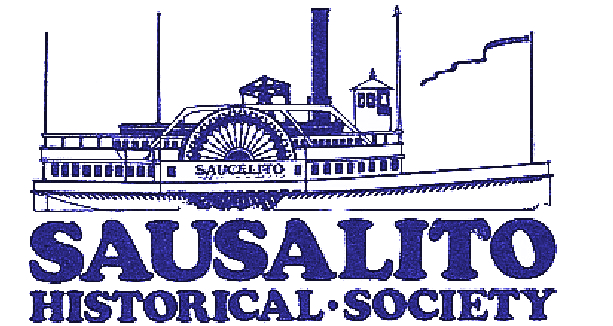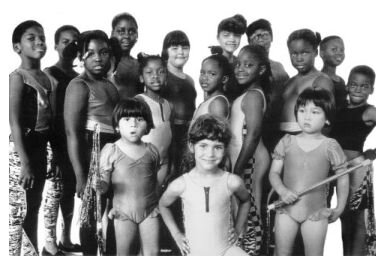Performing Stars was established in July 1990 to help underserved kids in Marin County achieve their full potential. Based in Marin City, the non-profit celebrated its 30-year anniversary on December 12 with an online gala titled Le Cirque des Etoiles (The Circus of the Stars).
PHOTO FROM PERFORMING STARS
Young performers from the organization’s second year, 1991
The driving force behind Performing Stars is Felecia Gaston, who founded the troupe and still manages it today. On the website https://www.performingstars.org/about-us she recalls: “When I was a little girl growing up in Georgia, I watched little white girls go off to ballet class and I desperately wished I could go too, but it was unthinkable at that time due to segregation. However, I never let go of that dream, and I wanted to find a way to help other children of color fulfill their own dreams.”
In the late 80s, when Felecia was serving as an administrative assistant and cultural events coordinator for the Marin City Multi-Services Center, the Marin Ballet gave a mini-performance of the Nutcracker in Marin City. As described in the Performing Stars 30th anniversary souvenir booklet: “Seeing the enchantment on the children’s faces, Felecia was reminded of her childhood dream and contacted Phyllis Thelon, Development Director of the Marin Ballet. Thelon had been wanting to provide dance scholarships to low-income children. Felecia and Phyllis figured out the logistics and budget, and in June 1989, Felecia launched The Black Swan Dance Troupe, a group of 20 Mann City children awarded scholarships for a pilot ballet program.
That summer Felecia learned that the Multi-Services Center was closing. She called Anne Rogers, the Executive Director of the Marin Community Food Bank, knowing Ann had a soft spot in her heart for the kids in Marin City. Anne suggested that Felecia start a nonprofit to bring enrichment activities to underserved kids all over the county. After many conversations, Performing Stars was born.
In the space of a month —with the help of key mentors — a board was established which wrote and adopted bylaws, elected officers and proposed budgets for the next three years. Brad Caftel. an attorney for the National Economic Development and Law Center in Berkeley, provided pro bono legal work to set up the nonprofit status. Board member Mark Schillinger wrote an $800 check to the Secretary of State, and Performing Stars was ready to roll before the doors of the Multi-Services Center closed.
Anne provided office space, volunteers and board members Anne Rogers. Norma Howard, Area Manager at Pacific Bell, Virginia Spencer, author and artist, and Mark Schillinger, a local chiropractor. Each member provided unique expertise.
Meanwhile, Felecia was in survival mode, unemployed and living on her savings, driving a beat-up Volkswagen from San Francisco to Novato daily to pursue her dream. Luckily, she landed a job with the Sheriff's Department as a part-time traffic enforcement officer in Marin City.
By summer 1990, Performing Stars was a full-fledged 501(c)(3) nonprofit. Felecia spent three hours preparing for each hour of class. Her students were being taught appropriate behavior consistent with their expanding horizons. They were given nutritional snacks from the food bank, prepared by "Guiding Star Grandparents." The program grew, and by the fall of 1990, there was a wait list for students.
About that time, Performing Stars was invited to perform in the Mill Valley Memorial Day parade. Felecia recalls: "Anne Elkington volunteered to sew the costumes. I remember shopping at New York Fabrics for patterns and material, and several of us cutting out the fabric. Anne made every outfit for 50 children."
Also in 1990, Jim Farley of the Marin County Fair contacted Felecia about having the kids perform. “This was a very big deal,” she recalls. “Discovered at last!” Performing Stars became a regular event at the fair, and the community recognized it as valuable and here to stay.
As the company struts into its fourth decade, Felecia proudly reports that over 90% of Performing Arts alumni graduate from high school; at least 50% of that number go on to college or trade school and the remainder get jobs, because, as she puts it, “the ultimate ‘performance’ is to become productive members of society.” Many Performing Stars have gone on to become teachers and coaches, bankers, retail managers, medical assistants, cosmetologists, actors, a professional ballet dancer, a pastry chef, a videographer, and other successful careers.
The entire two-hour 30th anniversary gala may be viewed at https://www.youtube.com/watch?v=ZlLM4yft7tI&feature=youtu.be.




